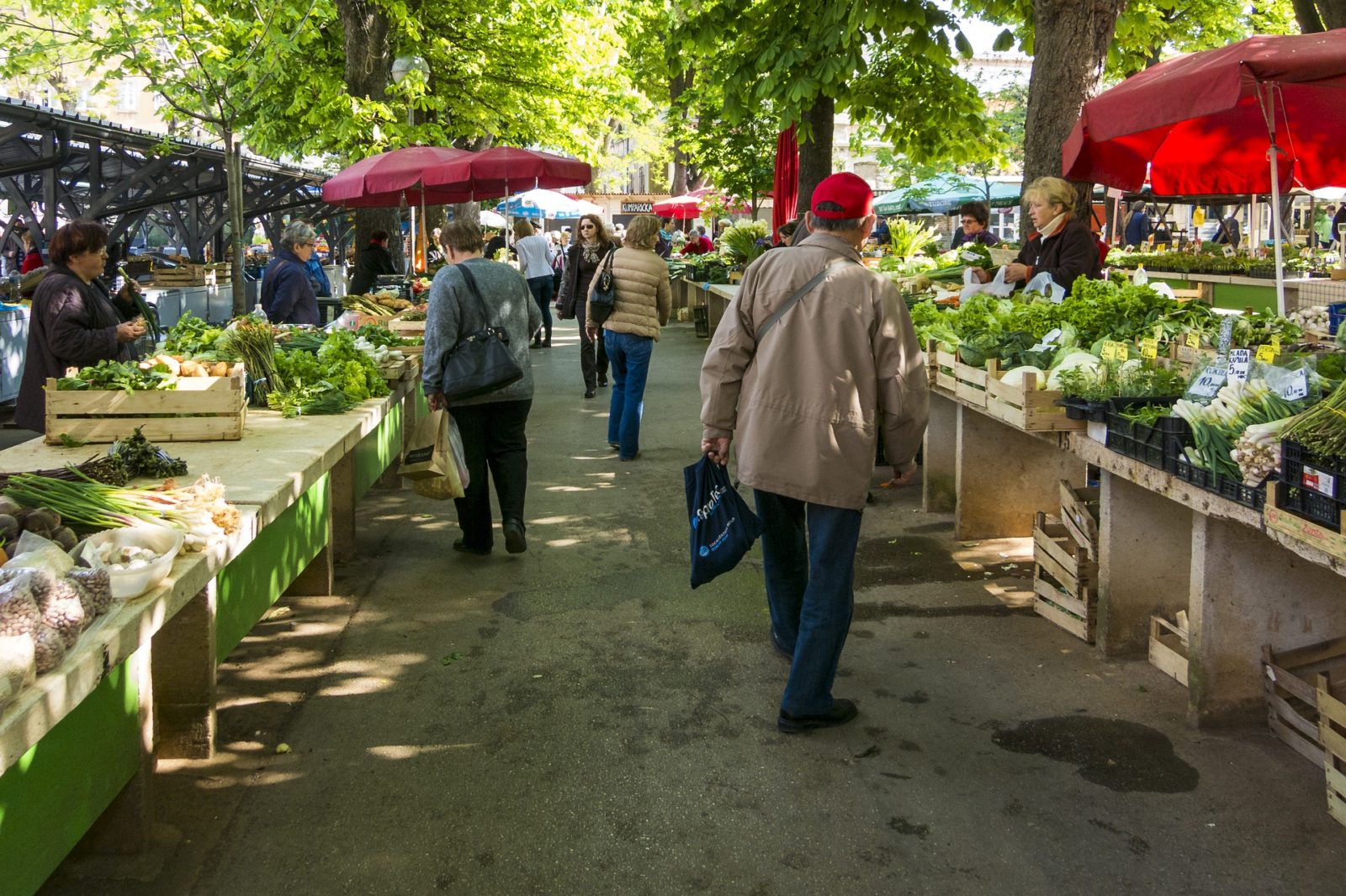Let’s face it…fresher tastes better! And chances are, if you’re buying all your food in the supermarket, it’s much less fresh. With the huge push for farm-to-table foods now, the opportunities to grab a fresher meal both for your home kitchen and when you’re out to eat are going back to the roots of how people once ate long before refrigeration and transportation came along.
How can you eat more regionally and locally? Here are some things you can do to start tasting the freshness all around you!
1. Go for seasonal
You might love strawberries, but when they’re not in season, they’re expensive. Plus, they’ve likely come a long way to your supermarket. Instead, find out what’s in season where you live and work with it. Visiting your local farmer markets can help you see what’s fresh, local, and regional for you. Not sure how to make it? Ask the farmers for suggestions!
2. Choose your local farmers
On the weekend, get up early and head over to your closest farmers market. You’ll find locally-grown foods, all at better prices than the supermarket. Plus, you’ll be supporting your own community which helps everyone thrive.
3. Join a community supported agriculture program
Another option is to join a CSA (community supported agriculture program). These allow you to join with a farm or even a group of farms, depending on the programs near you. You purchase a share in the farm and you get back a share of the harvest. It’s worth looking into to get the freshest, most locally-grown foods.
4. Look for food origins
Because of the demand for transparency in the food industry, you’re much more likely to find foods labeled with their original origins. This will help you in choosing foods that have come from your local or regional area.
5. Plant your own garden
If you have a yard, get out there and grow your own fruits and vegetables. It’s a great way to eat local. Some things like herbs can even be grown on your kitchen counter. No room to grow? Try joining with others in your community to create a garden you share together. It’s very satisfying to eat something you cultivated yourself.
6. Dine at restaurants that source locally
Of course, there will be times you want to dine out. When you do, make a point to eat at restaurants that buy locally and regionally. Your neighborhood chain restaurant isn’t local. Just like supporting your local farmers, you’re supporting your local economy and getting a healthier, more delicious meal by getting locally-produced fare.
7. Choose from locally-owned food producers
Keep things local even when buying other things too. For example, get cakes and pastries from your local hometown bakery, not from within the big chain supermarket. Buy meats from the little corner butcher shop (they’ll taste better too!), and make choices that benefit your community directly by keeping it local!
